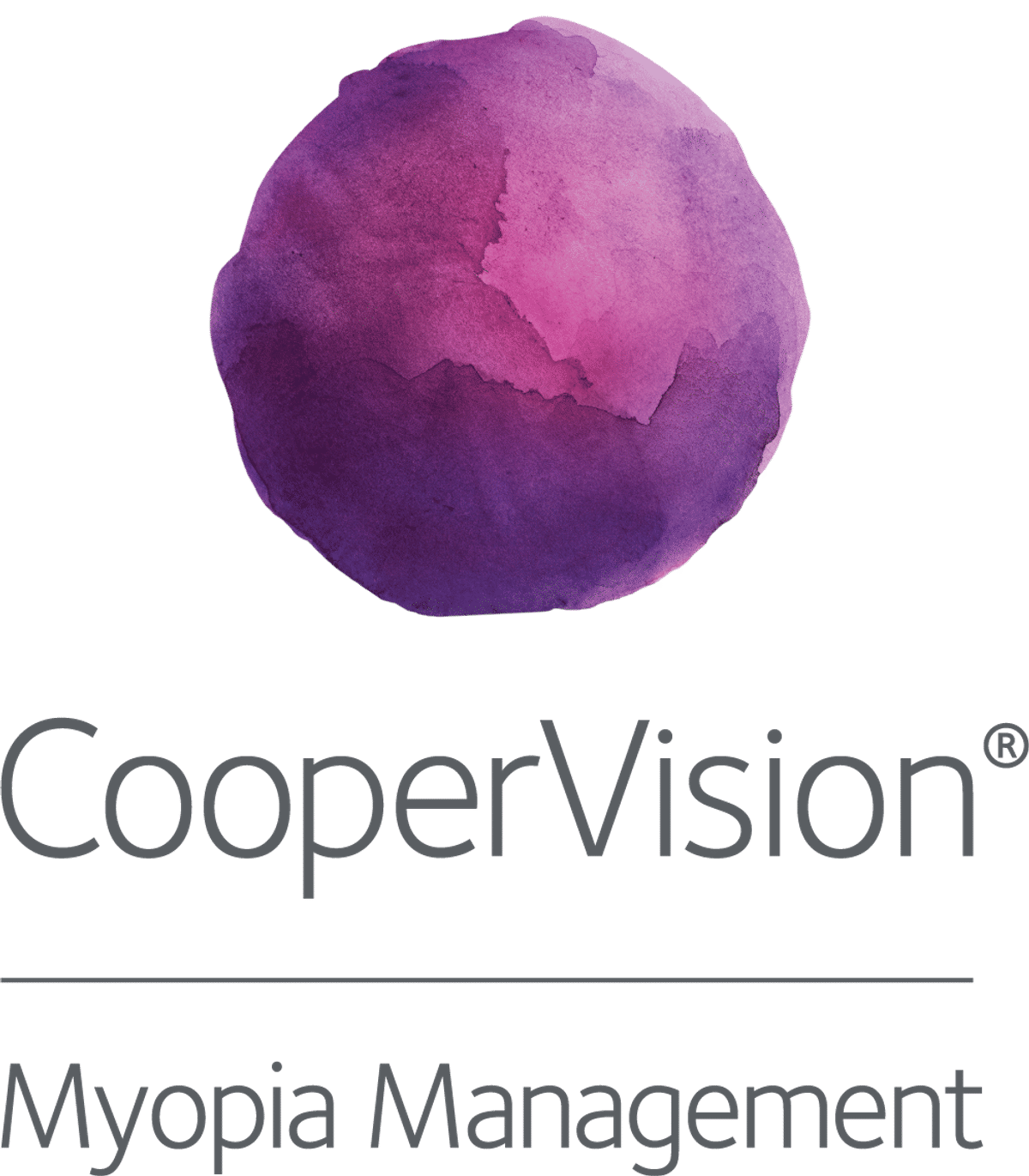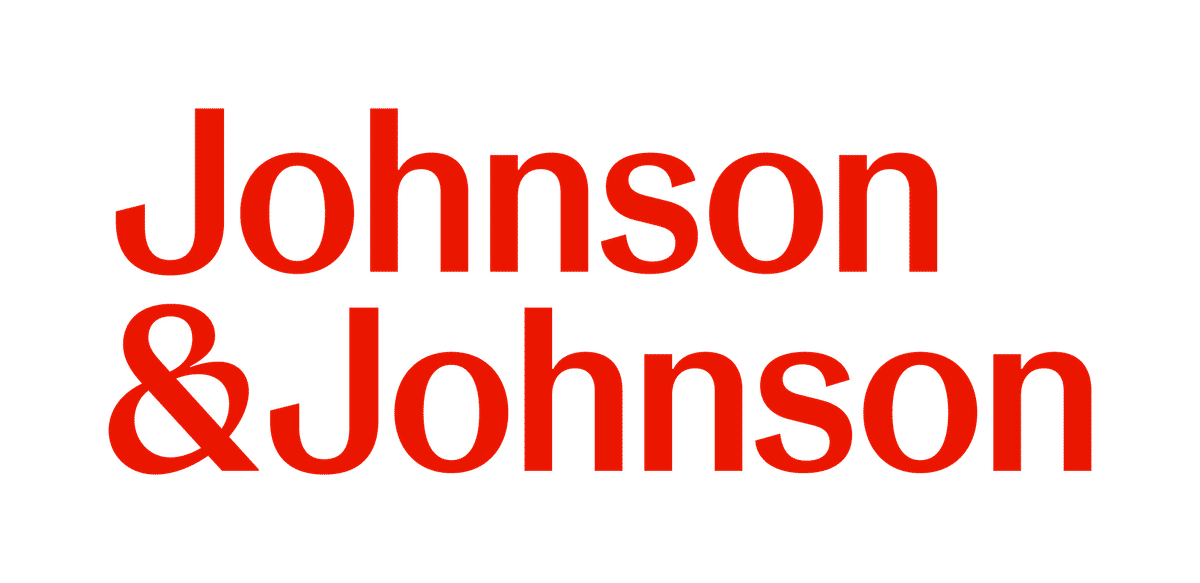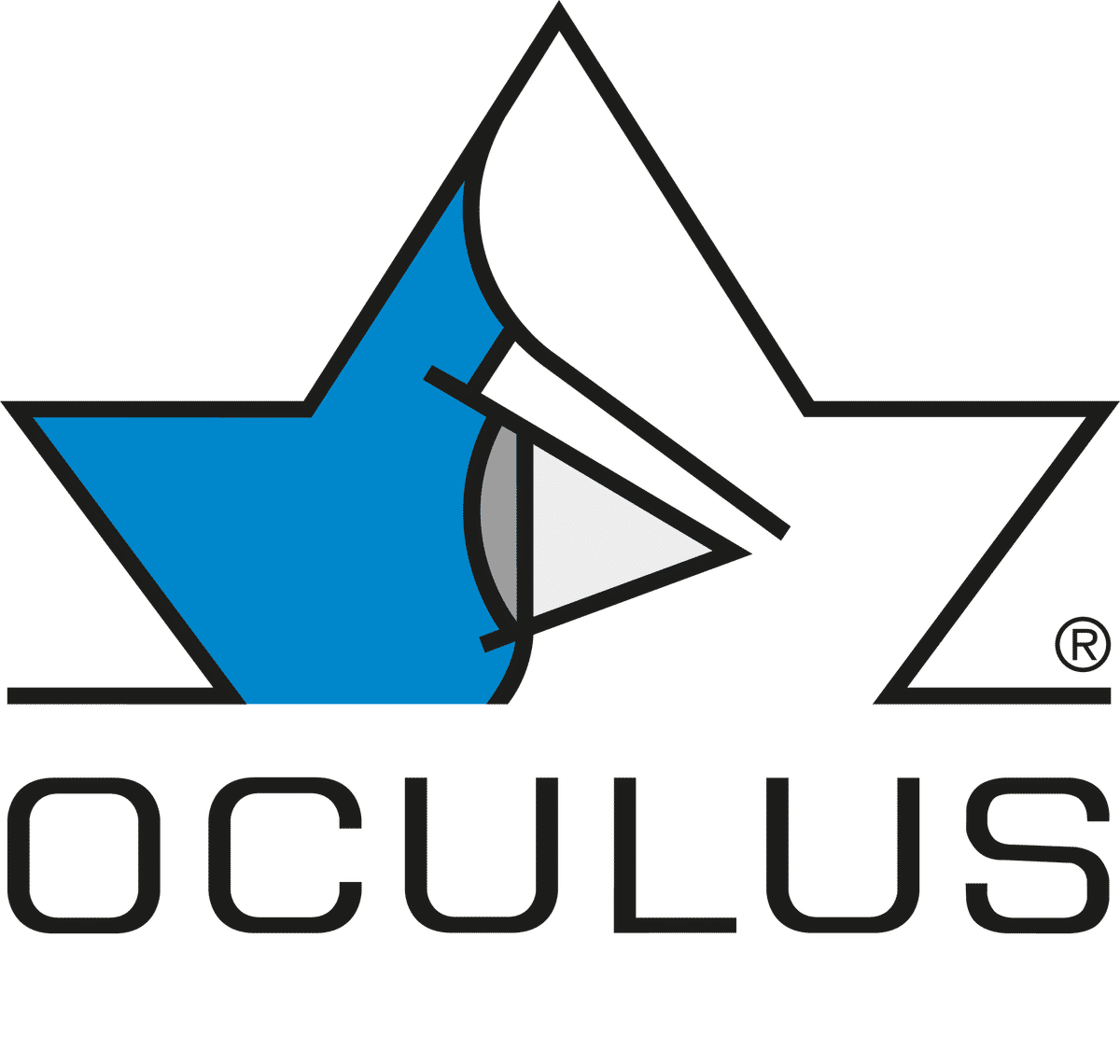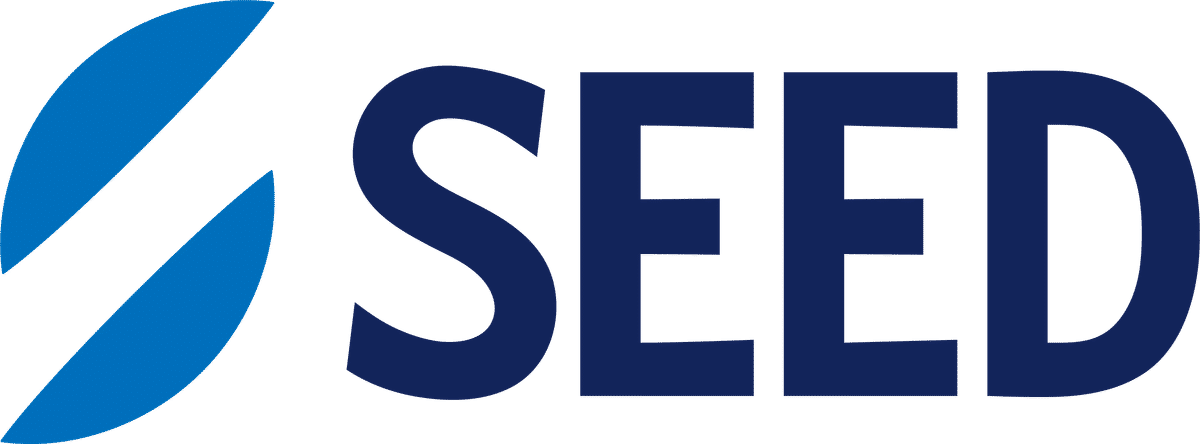Clinical
A tale of two case studies: RingBoost™ technology for kids

Sponsored by
In this article:
This article explores two case studies demonstrating the effectiveness and real-world suitability of RingBoost™ daily disposable lenses for myopia management in children.
Myopia management is rarely a one-size-fits-all approach. Each child presents with a unique combination of clinical findings, lifestyle factors, risk profile, and personal or family preferences. While we now have a growing suite of evidence-based treatment options, effective management often requires careful consideration of these factors. The goal is to find the treatment that not only slows myopia progression effectively but also fits seamlessly into the child’s daily life to support long-term compliance and visual outcomes.
This article presents two case studies highlighting the use of the RingBoost™ soft contact lenses with enhanced efficacy (EE) design —a child-friendly, daily disposable myopia management option that has shown strong results in both clinical outcomes
The names used in this article have been changed, and any identifying details have been altered to maintain anonymity.
Case Report 1: Mathis
This case has been contributed Dr Langis Michaud. Mathis first presented at age 6 with occasional complaints of blurred distance vision. His risk profile for myopia progression was significant, with both parents being myopic—one a high myope—and limited daily outdoor time of only 30 minutes. He also had a strong preference for near work, particularly reading.
Initial Visit – Age 6
| Right Eye | Left Eye | |
| Cycloplegic Refraction | -0.75 / -0.75 x 30 | -0.50 / -0.75 x 160 |
| Axial Length | 23.50 mm | 23.75 mm |
At this visit, Mathis was diagnosed with myopia and myopia control spectacle lenses were prescribed.
At follow-up visits, feedback from both Mathis and his parents indicated that he was frequently removing his spectacles and not wearing them consistently, particularly during reading and schoolwork. This non-compliance led to a discussion about the importance of consistent wear for effective myopia control.
Second Visit – Age 7
| Right Eye | Left Eye | |
| Refraction | -1.25 / -0.75 x 30 | -1.25 / -0.75 x 30 |
| Axial Length | 23.72 mm | 24.01 mm |
| Change over 12 months | 0.50D, +0.22 mm | 0.50D, +0.22 mm |
After one year of spectacle-based myopia control, Mathis showed notable axial elongation and refractive progression, reflecting poor treatment efficacy. On further questioning, it was confirmed that spectacles were often left at home or taken off during key visual tasks.
Given this, the decision was made to switch Mathis to daily disposable soft contact lenses for myopia control—RingBoost™ soft contact lenses—to ensure consistent wear and improve treatment efficacy.
Third Visit – Age 8
| Right Eye | Left Eye | |
| Refraction | -1.50 / -1.00 x 30 | -1.50 / -0.75 x 160 |
| Axial Length | 23.80 mm | 24.09 mm |
| Change over 12 months | 0.25D, +0.08 mm | 0.25D, +0.08 mm |
After a year on RingBoost™ soft contact lenses, Mathis showed significantly slower progression in both refraction and axial length—indicating a good treatment response. His parents reported excellent compliance, and Mathis preferred the contact lenses for both comfort and clarity, particularly during school and sport.
Why was there still progression with spectacles?
Myopia control spectacle lenses are a well-established option for myopia management, typically offering around 50% efficacy in slowing progression.
Although the importance of full-time spectacle wear was reinforced at multiple follow-up visits, reports from both Mathis and his parents revealed that he was frequently removing his glasses—particularly during near tasks like reading and schoolwork. Inconsistent wear significantly reduced the treatment's effectiveness. Spectacles are easily removed and children with lower levels of myopia may feel they see well enough without them, especially for near work, which may lead to underuse despite clinical guidance.
To improve treatment consistency and outcomes, Mathis was switched to RingBoost™ daily disposable soft contact lenses. Contact lenses remain on the eye throughout the day and move with the eye, providing a consistent peripheral defocus treatment effect across all directions of gaze—regardless of activity or viewing posture. Daily disposables are also well suited to a child’s lifestyle, offering comfort, ease of use, and eliminating the need for cleaning or storage. Contact lenses are generally associated with higher compliance than spectacles, particularly because they are less easily removed and offer more consistent vision across a range of activities.
Following the switch to contact lenses, Mathis demonstrated improved adherence and a marked slowing in myopia progression, reflecting the importance of matching the management approach to the child’s lifestyle and likelihood of consistent wear.
Stabilization with RingBoost™ soft contact lenses
Mathis was not compliant with the wear of spectacles- other optical options that would improve his behaviour are contact lenses (ortho-K or soft contact lenses). For young and fast progressing myopes, the Ring Boost technology, providing a higher level of defocus, was the optimal option. The RingBoost™ soft contact lenses delivers +7.00D of treatment power through two concentric treatment zones, along with a central boost of +10.00D. Light passing through these zones is redirected to form a ring around the visual axis, rather than being focused directly on it. This design allows for significantly higher treatment power while maintaining clear central vision.
Following the switch, Mathis’ myopia progression slowed significantly, with only 0.08 mm axial elongation and a -0.25D refractive change over one year—representing a better-than-expected outcome for his age.
Case study 2: Sara
This case has been contributed Dr Vishakha Thakrar. Sara, a 6-year-old Caucasian female, first presented in 2017 for her initial eye examination and was found to be myopic. Her mother was a low myope and her father an emmetrope.
2017 (Age 6 – Baseline)
| Right Eye | Left Eye | |
| Refraction | -0.50 | -0.75 |
Given her young age and early onset of myopia, she was identified as at high risk for fast progression. This was explained to her parents and myopia control interventions were offered. Despite this, her parents opted against initiating any myopia control strategies—such as orthokeratology or atropine—and chose single vision spectacles.
2018 (Age 7)
| Right Eye | Left Eye | |
| Refraction | -1.75D | -1.75D |
| Change over 12 months | -1.25D | -1.25D |
Over the first year of observation, Sara’s myopia progressed significantly—by more than one diopter in each eye. Despite this, her parents again declined intervention after a discussion of available treatment options. This decision was concerning given the clear evidence of fast progression, which placed Sara at increased risk for high myopia later in life.
2019 (Age 8)
| Right Eye | Left Eye | |
| Refraction | -2.00D | -2.25D |
| Change over 12 months | -0.25D | -0.50D |
The rate of refractive change slowed somewhat this year. While the overall level of myopia was increasing, her parents perceived the slower progression as a sign that treatment might not be necessary and continued to opt against myopia management. However, the cumulative progression over two years still indicated a significant trend.
2020 (Age 9)
| Right Eye | Left Eye | |
| Refraction | -4.25D | -4.25D |
| Axial Length | 23.87 mm | 23.90 mm |
| Change over 12 months | -2.25D | -2.00D |
Sara experienced a rapid spike in progression over the course of the year, with more than 2.00D of change in each eye. This surge in progression aligned with global trends observed during the COVID-19 pandemic, where accelerated myopia progression was widely reported in school-aged children.
Mid-2020 (Age 9.5 – 6 months later)
| Right Eye | Left Eye | |
| Refraction | -4.75D | -4.75D |
| Axial Length | 24.09 mm | 24.04 mm |
| Change over 12 months | -0.50D, +0.22mm | -0.50D, +0.14mm |
Despite now wearing myopia control spectacles, Sara’s myopia continued to progress. Her refractive error increased by half a diopter in both eyes, and axial length measurements confirmed ongoing elongation. These outcomes were poorer than expected, raising concerns about suboptimal frame fit or inconsistent spectacle wear. Given that spectacle lenses can be easily removed during reading or indoor activities, it was suspected that compliance may have been a limiting factor in treatment success.
Sara trialled daily disposable hydrogel soft contact lenses designed for myopia control. These were selected to ensure consistent wear throughout the day and remove the issue of frame fit. Unfortunately, she reported discomfort and unsatisfactory visual acuity (20/25 or 6/7.5), and ultimately discontinued wear. The discomfort, coupled with reduced visual clarity, limited her willingness to continue with this option. As a result, she returned to wearing spectacles, despite ongoing concerns about their effectiveness in her case.
2021 (Age 10)
| Right Eye | Left Eye | |
| Refraction | -5.25D | -5.25D |
| Axial Length | 24.28 mm | 24.14 mm |
| Change over 6 months | -0.50D, +0.19mm | -0.50D, +0.10mm |
Following discontinuation of hydrogel soft contact lenses for myopia control, Sara continued to show refractive and axial growth. The rate of progression remained concerning, particularly given the short timeframe. Spectacles were proving insufficient for effective control, and another contact lens option was considered—this time with a focus on improved comfort, vision, and wearability. She was fitted with RingBoost™ soft contact lenses. Visual acuity achieved with these soft contact lenses were 20/20 (6/6).
2022 (Age 11)
| Right Eye | Left Eye | |
| Refraction | -5.50D | -5.50D |
| Axial Length | 24.29 mm | 24.18 mm |
| Change over 6 months | -0.25D, +0.01mm | No refractive change, +0.04mm |
Sara reported excellent comfort and visual clarity, which lead to high compliance and consistent full-day wear. Over the next six months, her myopia progression dramatically slowed, with minimal axial elongation and stable refraction—an encouraging response indicating that the treatment was well suited to her needs.
2023–2024 (Age 12–13)
| Right Eye | Left Eye | |
| Refraction | -5.50D | -5.50D |
| Axial Length | 24.29 mm | 24.18 mm |
| Change over 6 months | No refractive or axial change | No refractive or axial change |
Sara maintained full stability in both refractive error and axial length over a full year of wear with RingBoost™ soft contact lenses. This outcome highlighted the importance of treatment individualisation—finding a modality that the child could consistently tolerate and that aligned with her lifestyle. The success of this intervention underlined the role of both optical design and compliance in achieving effective long-term myopia control.
What’s different about the RingBoost™ soft contact lens?
RingBoost™ soft contact lenses are made with a silicone hydrogel material, delivering high treatment power while maintaining clear vision and comfort. Unlike traditional multifocal designs, the EE design used in the RingBoost™ soft contact lens redirects light through high-add power zones that avoid the visual axis, enhancing myopia control without compromising acuity or binocular vision.1 Designed with pediatric wearers in mind, it features a smaller diameter and steeper base curve for improved and easy fits.
Read about RingBoost™ technology in our article Understanding RingBoost™ technology in soft contact lenses
Final thoughts
While clinical trial data provide valuable insight into the efficacy of individual myopia control treatments, real-world success hinges just as much on compliance. A highly effective intervention will offer limited benefit if the child cannot or will not wear it consistently. Studies have shown that the more consistently a treatment is worn, the greater the slowing of axial elongation that can be achieved.
These two case studies demonstrate the importance of aligning treatment selection not only with clinical indicators but also with the child’s lifestyle, preferences, and ability to adhere to the prescribed modality. The RingBoost™ soft contact lens offers a practical and effective option for a wide range of children.
Meet the Authors:
About Langis Michaud
Dr Langis Michaud has been a full professor at the Université de Montréal since 2001, where he leads the contact lens department and manages anterior eye disease cases. He has participated in multiple clinical trials with pharmaceutical and contact lens companies and was a visiting professor at Université de Paris-Sud for over a decade. His work is widely published in peer-reviewed journals and professional publications. He is a Fellow of the American Academy of Optometry in 1989 and was awarded Diplomate status in Cornea and Contact Lenses in 1994. He is also a Fellow of the Scleral Lens Education Society (2010) and the British Contact Lens Association (2013).
About Vishakha Thakrar
Dr Vishakha Thakrar is founder and director of Vaughan Vision Centre, an advanced specialty contact lens clinic, myopia and dry eye clinic near Toronto, Canada. Her practice focusses primarily on scleral lenses fitting, full-scope myopia management, and advanced dry eye treatment. She completed a Cornea and Contact Lens Residency at the New England College Optometry including Boston Foundation for Sight and Massachusetts Eye and Ear Infirmary. She then went on to become the Director of the Contact Lens Service at the Cole Eye Institute, Cleveland Clinic. She later helped establish the Contact Lens Clinic at the Kensington Eye Institute in Toronto. Dr. Thakrar has been fitting scleral lenses and treating ocular surface disease for over 20 years. She is a fellow of the American Academy of Optometry and the Scleral Lens Society. She has spoken internationally and written extensively on contact lenses, dry eye disease, corneal disease and myopia management.
This content is brought to you thanks to an educational grant from
Enormous thanks to our visionary sponsors
Myopia Profile’s growth into a world leading platform has been made possible through the support of our visionary sponsors, who share our mission to improve children’s vision care worldwide. Click on their logos to learn about how these companies are innovating and developing resources with us to support you in managing your patients with myopia.












